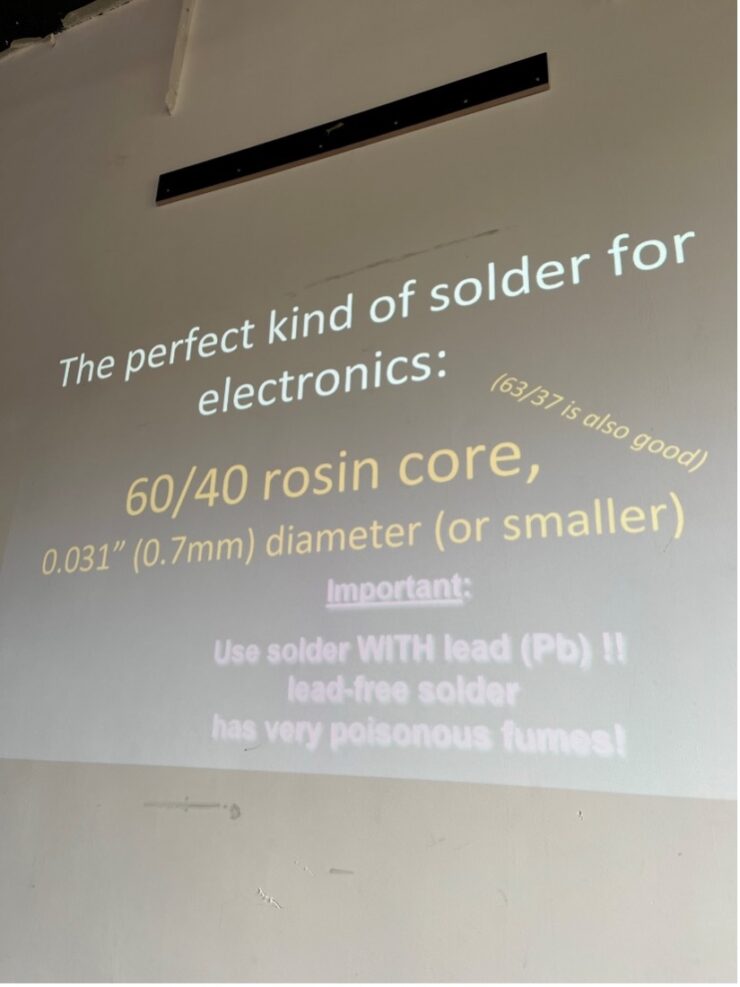Documentation
Can Hacker Culture Be Separated from the Necropolitical Digital Culture? – Jingzhe Zhang
In her performance lecture, Evelyn Wan foregrounded three aspects of AI: 1) it is a medium with an imaginative nature because humans constitute in their imagination an intelligent presence based on informational patterns; 2) AI is part of digital culture that has always been necropolitical since the time of the telegraph as it has always been based upon extraction and leaving lives to die; 3) AI continues manipulation of data after their owners are dead and in this sense all AI is legacy AI. The second point provoked my thought: is it possible to have an alternative digital culture that is not extractivist or necropolitical?
In “Labour, mining, dispossession: on the performance of earth and the necropolitics of digital culture,” Evelyn argues that digital culture is necropolitical in three different timescales: 1) temporal dispossession of populations, 2) destruction of indigenous times, and 3) disruption of geological time. She concludes that we must “create a cogent link between our technologies and their associated labour, and the material and geological agencies, performed by humans and non-humans alike.”

In the first week of July, I went to TBD camp, a hackerspace event in Amsterdam. In the camp, various lectures and workshops were hosted on various technological and anarchist topics. I attended two workshops on DIYing microcontroller-enabled electronics. There I learned the art of soldering and print soldering. These techniques of fascinating – take print soldering for example, you cut out a paper card for your printed circuit board (PCB) – which is itself such a wonder – where there are holes for the spots that needed to be soldered (but they don’t have to be very precise and you will see why). Then you cover the PCB with the paper and apply solder paste onto it. After you remove the excess paste on the paper card, each solder spot is covered with a dot of solder paste. Then you use a pair of tweezers to put tiny resisters and LEDs onto these pastes that are smaller than half of a rice grain. Finally, you heat the board – the dots of paste will melt and if they do not sit on the exact spot of circuit, they will flow into the spot because of the plastic coating of the board surface. The fun is not only about witnessing the existence of technology. The entire process is full of improvisational craftiness, making use all sorts of objects to make things work. I wish I could account here how a mirror, a tape, a metal card and a cooker do their job in soldering.

While I love many ingredients of hacker culture – the craftiness, the humour and fun, the creativity, the affinity to anarchism, and the culture of sharing instead of profiting, I cannot ignore the fact that it is still inseparable from the supply chain capitalism. The PCB we used were designed by the hackers and ordered from a Chinese PCB manufacturer. The metal and plastics in the PCB board were products of extraction. Solder is made of tin and lead – ironically leadless solder is even more poisonous and only used in factory (as you can see in the slide). After our workshop, innumerable tiny solder traces were left in the room and on the surface of our body and clothes. They would go into the environment – the garden outside of the workshop room for example, and the soil and plants there would be polluted by lead.
Bibliography
Wan, Evelyn. “Labour, mining, dispossession: on the performance of earth and the necropolitics of digital culture.” International Journal of Performance Arts and Digital Media 15, no. 3 (2019): 249-263.

